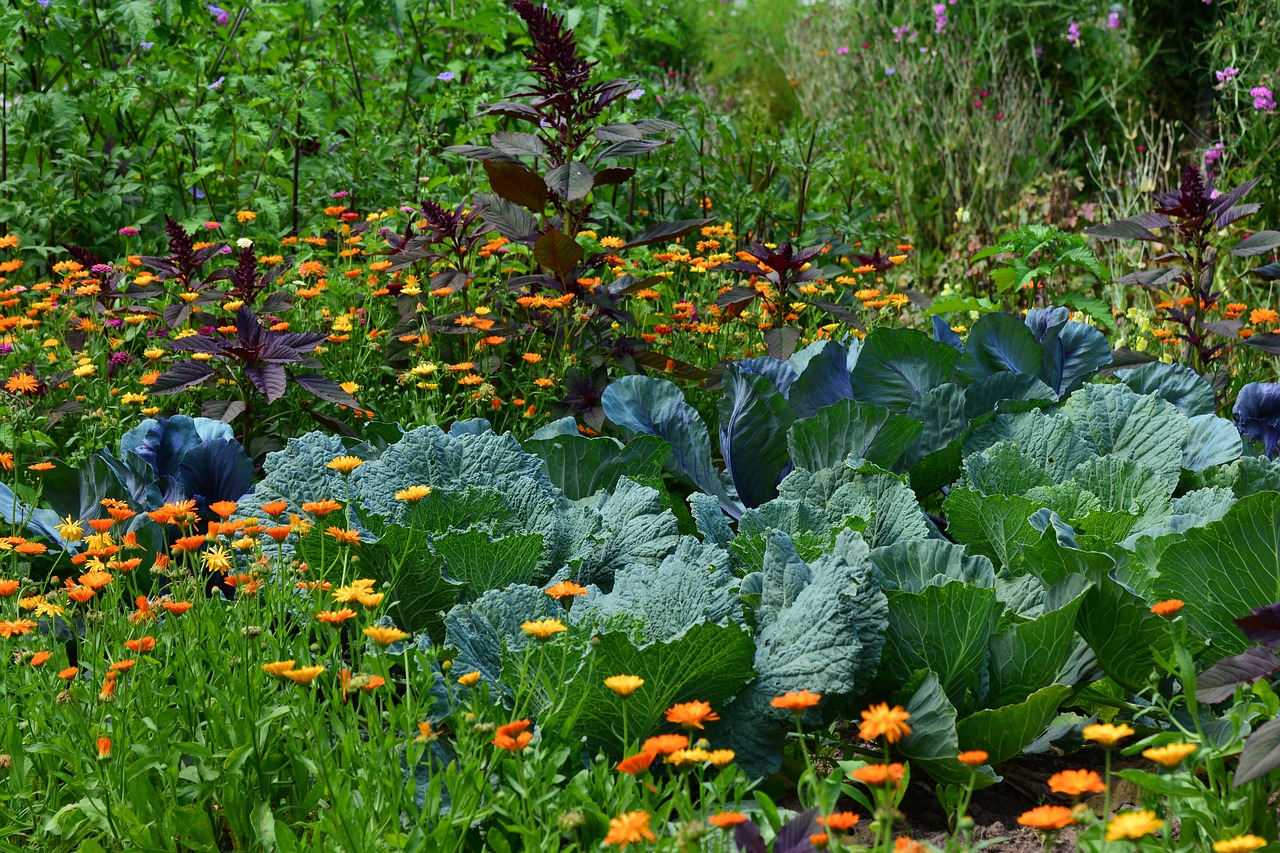
Gardening in July: What You Can Sow and Plant
In July, a large part of the gardening season is already behind us. We have planned, sown, pre-grown, planted, weeded, watered, tended and even harvested. It's now time to reflect and take stock at the halfway point - what is working this season and what isn't? And why is that? Of course, there is still a lot to harvest, sow and tend.
This Article Contains:
Quick Overview
Gardening in July
- water the compost
- water plants in the morning or evening
- weeding, pruning, training
- checking for pests, diseases or nutrient deficiencies
- mowing the meadow and making hay for mulching
Harvest Time in July
- most early vegetables such as radishes, daikon, kohlrabi, early potatoes, early carrots, garlic,...
- zucchinis, cucumbers, broccoli, white cabbage, peas, beans, summer salads, berries,...
Sowing in July
- beans and peas
- salads and chard
- carrots, daikon and beet
- kohlrabi and lamb's lettuce
- kale (as seedlings), savoy cabbage and leeks
Garden in June: Taking Stock at Half-Time
In July, the gardening season is in full swing. But if you planned well in spring, you don't have much to do now apart from the usual maintenance and sowing a few succession crops: The garden does the work. So there is time to reflect a little on the gardening season so far: Which plants are doing well? Which ones are struggling?
To get an idea of why some crops do better than others, it is useful to observe the context of the individual crops:
- The location plays a very central role. Soil conditions, light conditions, temperature and wind influence plant development. When looking for the cause of poor growth, it is usually worth starting here. Observe the conditions at the plant's location and compare them with its requirements. Yellow leaves usually indicate a lack of nutrients, but can also be a sign of waterlogging. Whitish discoloration followed by wilting is usually an indication of too much sun - your plant has sunburn. Stunted growth and drooping leaves can be a sign of too little water or nutrients.
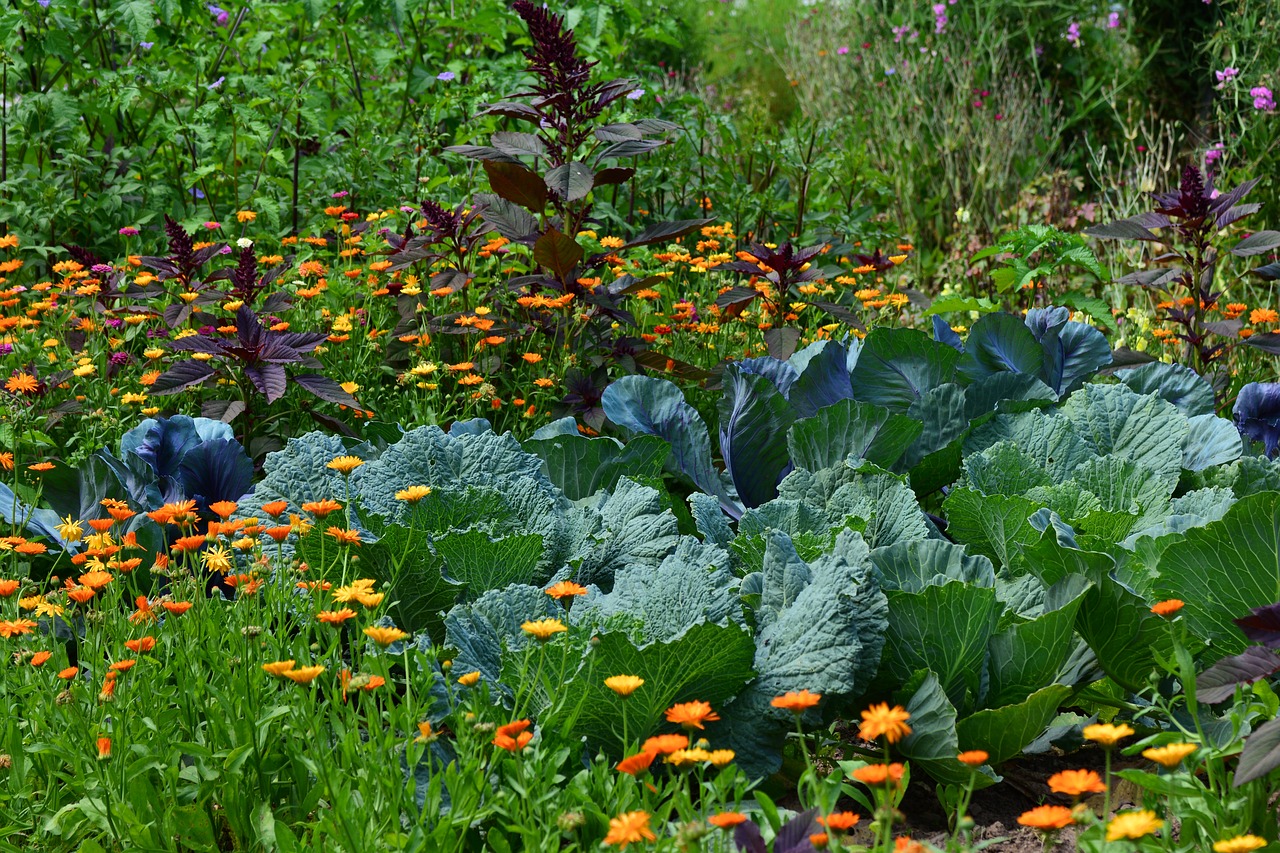
- Plant companions in a Mixed Culture can also have an influence on the growth of your plants. Competition for nutrients, light or water can also inhibit growth, as can so-called secondary plant substances. These substances are by-products of the metabolism of plants and usually serve as a defense against pests or strengthen the competitiveness of the plants. Some plants, such as walnuts, produce large quantities of secondary plant substances and thus suppress the growth of other plants. High weed pressure can also lead to poor growth.
- In the summer months, when the days are longer than 12 hours, some plants start to flower. This often has a negative effect on the growth of the parts of the plant that we want to eat. In the case of spinach, this means that it no longer produces new leaves and the old leaves become inedible. Radishes tend to sprout when it is too hot, i.e. they form long shoots with inflorescences. The radishes become woody and inedible. Some lettuces also have this characteristic. So if your plants are not growing the way you want them to or if they form flowers too early, pay attention to the recommended growing time on the seed packet.
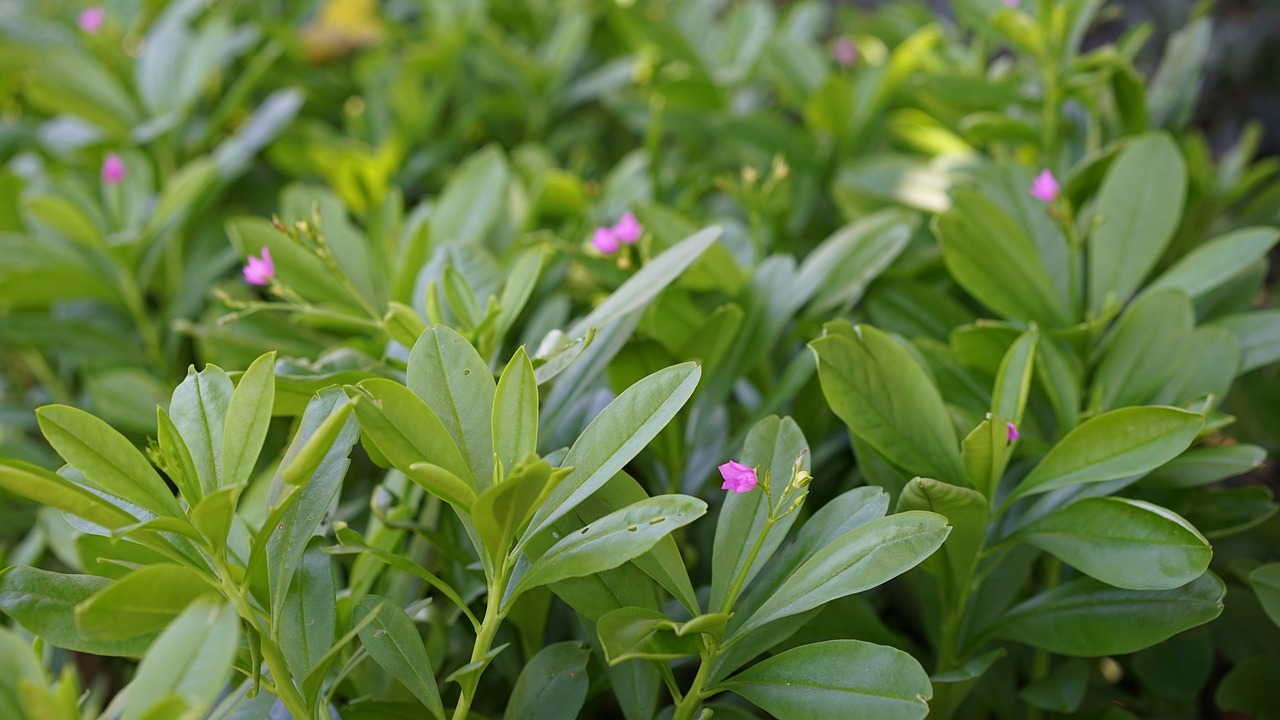
If this all seems far too complex for you, let me reassure you: When it comes to gardening, very few people are 100 % sure. And that's not the point at all. Because if you know your garden and observe it carefully, over time you will develop a feeling for what works and what doesn't and what could be the reason why individual plants are not doing so well. To develop this feeling, however, it is important to get to the bottom of your observations and become aware of the various possible explanations . It can also be helpful to write down the findings and possible explanations so that next year you can read up on what didn't work where in the garden and why. If this approach appeals to you, then this article on Creating a Permaculture Garden could also be something for you.

Do You Want to Grow a Mixed Crop?
With our bed planner, you can easily plan a colourful mixed crop. Good and bad companion plants are displayed directly and you get tips on crop rotation!
Plan Your Bed NowGardening in July: Care Tips
In July, the plants need a lot of water. In hot weather, it may be necessary to water daily, especially if there is no rain for a long time. However, you should be careful not to water during the hottest hours of the day, otherwise your plants may suffer a kind of shock. Water droplets on the leaves can also cause burns. It is best to water in the evening or early in the morning, as this is when the plants have the longest time to absorb the water before it evaporates. You can find Tips on Water-Saving Watering in this article.
As always, the same applies in July: it's worth checking your garden once a day. That way you can see if there's anything to do. Whether it's weeding out weeds, pruning or training tomatoes or regulating unwanted guests: there's always something to do. You can also keep an eye on which crops are ready to harvest and which still need a while.
Watering compost in dry conditions
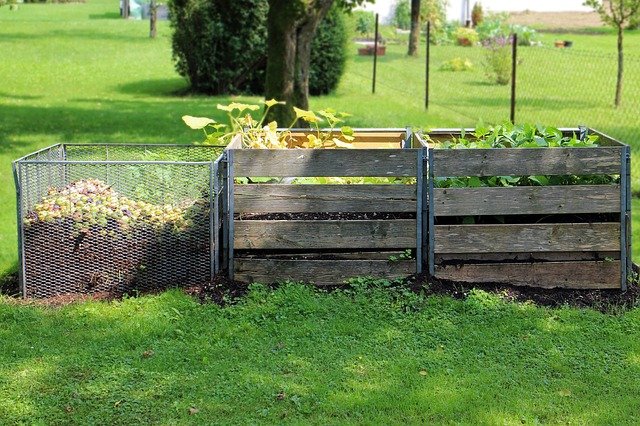
Midsummer begins in July. It can occasionally get very hot and dry. It can therefore sometimes be useful to water your compost heap. The bacteria and small animals that decompose the plant material and convert it into humus also need water. To find out whether you should water your compost or not, you can simply dig a little in the compost until you reach the more decomposed material. Then simply take a handful of raw compost and squeeze it out by hand. If just a few drops of water come out, your compost has the perfect amount of moisture. If you can't squeeze out any water at all, it's too dry and you should water it a little. If it is really wet, you may need to cover it or add some dry material such as straw or hay.
If you don't have a compost yet and would like to start one in your garden, you can read more about How to Make a Compost here.
Mowing Hay: How It Works
If you have a slightly larger meadow in your garden, July is the perfect month to make hay. The prerequisite is, of course, that you haven't mowed the meadow for a few weeks beforehand. Then you can mow the meadow on a hot day in the morning with a brush cutter or a bar mower. Simply leave the grass cuttings until they are dry. It may be a good idea to turn the mown grass once or twice to ensure it dries completely. It is best to check the weather forecast beforehand and wait for a 2-3 day window of good weather. This is approximately how long the grass clippings need to dry completely in hot weather. You can then use the hay directly for mulching - provided it doesn't contain any flowering wild herbs that would introduce unwanted seeds into your bed. You Can Find out More About Mulch here. However, you can also store the hay first and then use it in the fall to protect your perennial beds from frost or to cover your compost. If you have chickens in the garden, they will also be happy to have a cozy layer of hay in their laying boxes.
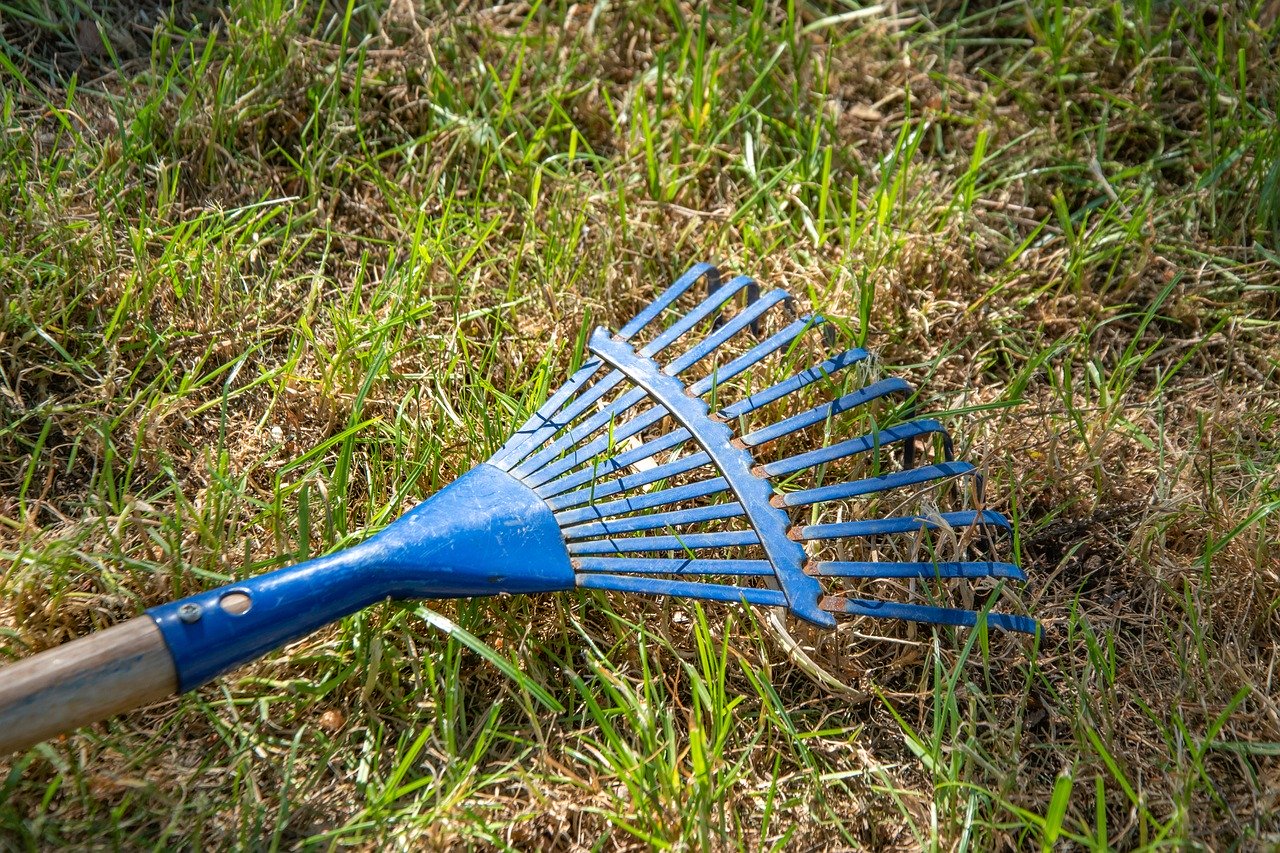
Harvest in July: Which Vegetables Are Ready to Harvest?
In July, the harvest is already in full swing. In addition to the last radishes, there are still kohlrabi and daikon to be picked as early vegetables. The early potatoes can also be harvested in July as soon as the leaves have withered. Early carrots can also be harvested now, as can garlic planted in the fall.
The following crops are also ready for harvesting:
- zucchinis and cucumbers
- broccoli and white cabbage
- peas and beans
- various summer salads
- berries and stone fruit
Our tip: You Can Find out Which Vegetables Are Best Harvested When in This Article.
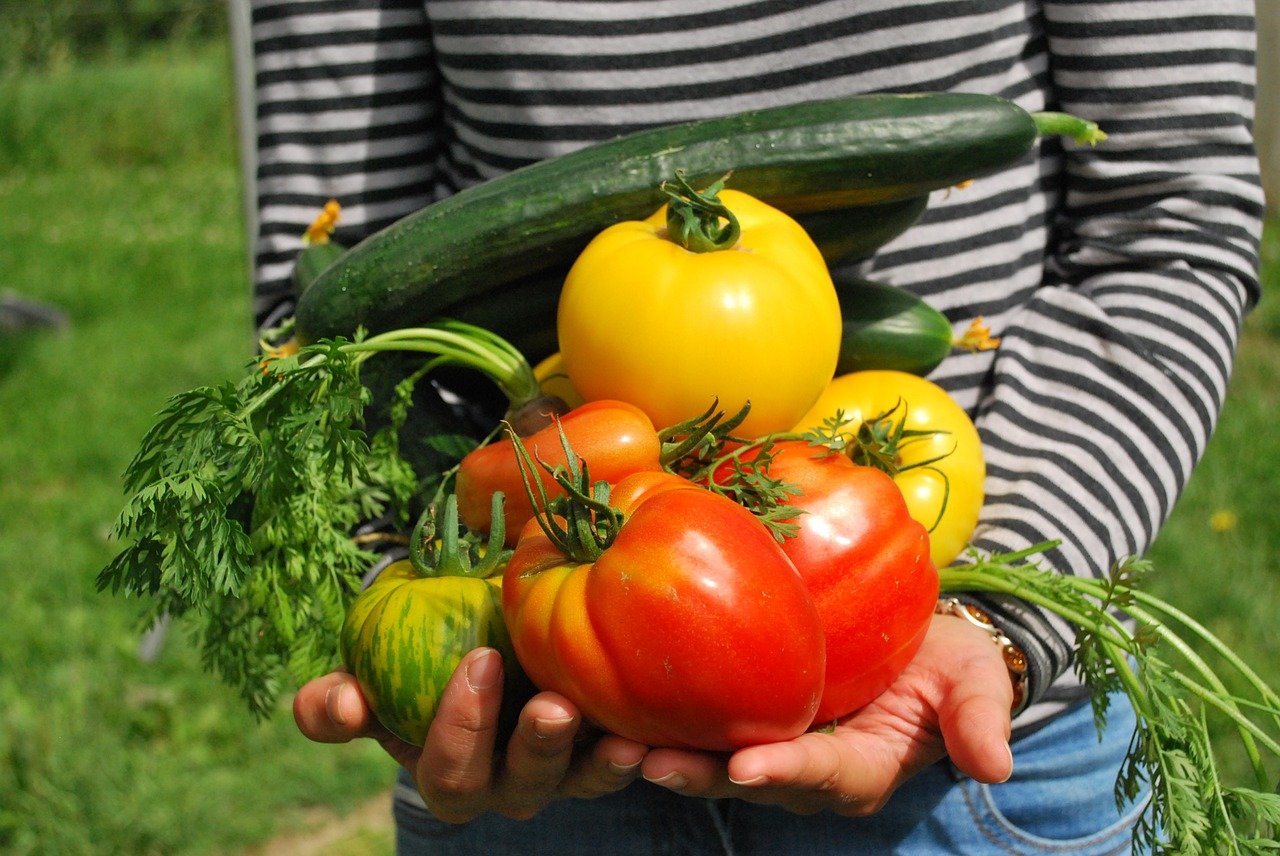
Sowing in July: What You Can Sow Now
With this long list of crops ready to harvest, there is also space in the bed to sow and plant again. You should also sow your Winter Vegetables such as cabbage, winter lettuce, beet and daikon now. You can still sow the following crops in July:
- carrots
- daikon
- beetroot
- peas
- kohlrabi
- savoy cabbage
- leek (winter leek)
- kale (only as seedlings)
- lamb's lettuce
Sowing Beans
Bush beans are a typical vegetable that is still suitable for sowing in July. However, you should not sow them much later than mid-July, as otherwise the beans will not ripen. You can sow beans, for example, where a heavy feeder such as the early potato has previously grown. However, they also thrive where the soil contains more nutrients. You should avoid areas where other butterfly plants, such as peas or early beans, were previously growing. You can find more Tips on Sowing Beans in this article.
Sowing or Planting Lettuces
Summer lettuces are the perfect gap fillers for the summer months. Firm varieties grow quickly on long days and soon make room for other crops. In addition, most lettuce varieties get along very well with other summer crops and with themselves, so you don't have to pay much attention to your companion plants. You can find An Overview of Lettuce Varieties and Their Growing Period in this article.
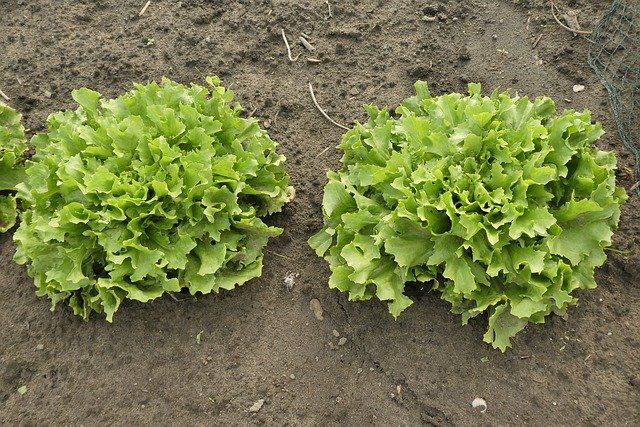
- A typical lettuce that you can grow in summer is endive, for example, and July is the perfect time to sow it. At this time of year, it is no longer necessary to cultivate it; you can sow it directly into the bed. The nutrient requirements of endive are rather low and it can also grow after a heavy feeder such as potatoes.
- Rocket is a tasty addition to salads. It can be sown well into September as it grows very quickly. You can harvest the rocket for the first time after 6 weeks at the latest. To do this, cut off the leaf rosette as a whole about 2 - 3 cm/0.8 - 1.2 in above the ground, then the rocket will sprout again. Rocket does not need additional fertilization.
Sowing Chard
Another tasty and fast-growing leafy vegetable is chard. As a medium-grower, it is happy with a small amount of compost before sowing and occasional fertilization with highly diluted plant manure or liquid fertilizer - especially if it grows after a heavy-feeder. A decisive advantage of chard over other leafy vegetables is that it is very unlikely to flower if sown in July, as chard only flowers after several days with temperatures colder than 10 °C/50 °F.
Healthy Gardening
Especially in midsummer, it is very important to take care of your health when gardening. A sun hat, long-sleeved, airy clothing and, if necessary, sun cream protect against sunburn. It can also be very unpleasant in the midday heat. The morning hours or the evening are often better for being active in the garden. It is also important to drink enough to avoid headaches and circulatory problems.
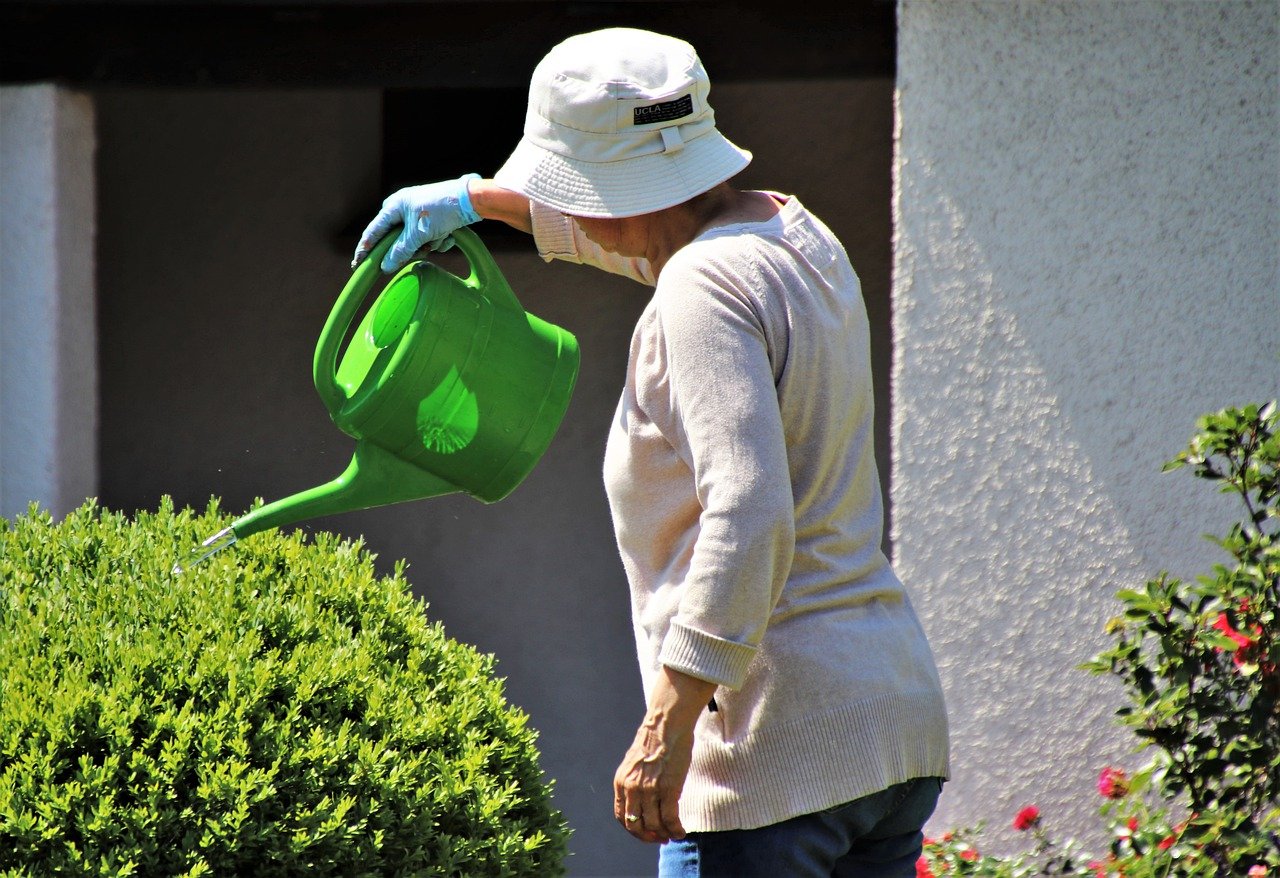
We hope this overview has given you a few new perspectives on how you can get to know your garden better in July and which methods you can use to continue to reap rich harvests.
If you have any questions or additions, please email us at magazin@fryd.app. Would you like to receive helpful gardening tips all year round and plan your own beds optimally? Then register here or download the Fryd app for Android or iOS.
Fryd - Your digital bed planner
Jonas
Current Topics in the Community

#red , #tuesday
Show 1 answer
Liked 2 times
#testpostcount

Dec 2025
Popular Articles

Companion Plants for Carrots: What (Not) to Plant With Carrots

Companion Plants for Celery : What (Not) to Plant With Celery?

Strawberry Types: List of Best Strawberry Varieties

Companion Planting With Strawberries: Companion Plants and Planting Plan

Basil Varieties & Types at a Glance

What to Plant With Cabbage: Good and Bad Companion Plants

Fertilizing Strawberries: Home Remedies & Natural Fertilizers at a Glance

Growing Sweet Potatoes: Tips on Cultivation & Companion Plants

Companion Plants for Kitchen Herbs: Chives, Parsley & Co

What Herbs Can Be Planted Together?
FAQ
Which vegetables can be sown in July?
In July, carrots, radishes, beet, peas, kohlrabi, savoy cabbage, leeks, kale and lamb's lettuce can be sown.
How should you look after the compost in July?
In dry weather, the compost should be watered to maintain the activity of the microorganisms.
Which vegetables are ready to harvest in July?
Ready-to-harvest vegetables include zucchinis, cucumbers, broccoli, white cabbage, peas, beans and various summer salads.
When is the best time to mow and dry hay?
In July, you should mow in the morning on a sunny day and leave the grass to dry for 2-3 days before using it as mulch.
Can you still plant lettuces in July?
Yes, bolt-resistant lettuce varieties such as endive can be sown in July, they grow quickly and are soon ready to harvest.